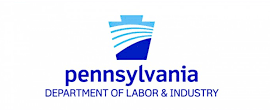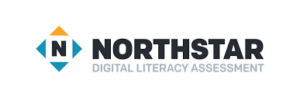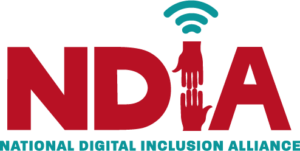Round 5 Workforce Development Funding Awarded to Computer Reach
Jun 14, 2024
HARRISBURG, PA – Nearly $4.9 million in grants has been awarded to 50 community organizations throughout Pennsylvania for programs to improve digital literacy among job seekers, according to a Pennsylvania Department of Labor and Industry news release. The grants are meant to assist potential workers in finding, obtaining, and maintaining employment.
Pennsylvania’s digital-literacy grants program provides funding to organizations in local communities that teach residents how to effectively navigate platforms used in the job search process and the workplace, including digital fundamentals, digital citizenship, and understanding digital information – especially in communities lacking access to broadband infrastructure and high-speed internet.
“Digital-literacy programs offer every Pennsylvanian a chance to compete for a good job on a level playing field, and the Shapiro Administration is committed to supporting the programs across the Commonwealth that are connecting talented individuals with the knowledge they need to open doors to opportunity,” said a Pennsylvania Labor and Industry spokesperson. “With this round of funding, we’re ensuring that organizations serving nearly two-thirds of Pennsylvania counties are empowered to offer this valuable service.”
This is the fifth round of digital literacy funding since 2021.
The Department of Labor & Industry (L&I) has awarded grants to 29 organizations with established programs and 21 organizations that will use the funding to start new programs.
Computer Reach was awarded $100,000 to manage Digital Navigator workforce training programs across these six counties: Allegheny, Washington, Greene, Somerset, Fayette, Westmoreland




